The most hyped topic of yesterday in the tech news sphere was probably the ‘leaked’ slides revealing some details about Intel’ Haswell architecture, an architecture that will succeed its yet be marketed predecessor – Ivy Bridge. The presentation, available at Chiphell and spotted by Techspot, looks like an internal document from Intel, though its authenticity is yet to be confirmed. I have tried to understand, what it really means for the consumer aside from the technological advancement of the processor architecture.
A Glimpse of the Haswell Architecture
- Based on a platform code named ‘Shark Bay’.
- Two variants of the platform – two chip platform based processors for mobile and desktop and, one chip platform based processors for UltrabookTM .
- Chip fabrication will be based on Intel’s 22nm process.
- Haswell will move to a new line of processors socket. Haswell desktop processors will use LGA1150 sockets.
- DDR3L memory support will be included.
- Built video graphics will add support for new APIs and, support for up to three digital displays connected via DisplayPort 1.2, HDMI 1.4 or eDP.
- Power optimizer support.
- Support for ‘Hotham 1.0’, a technology Intel is yet to reveal.
- Includes support for Near Field Communications (NFC) hardware, software-configurable thermal design profiles, new versions of Smart Connect and Rapid Start, Thunderbolt, and Intel Anti Theft Technology 4.0 with Intel Identity Theft Protection.
- Includes Wilkins Peak-family Wi-Fi chips, and Clarkville gigabit Ethernet LAN connectivity.
Implications for the Consumers
- Processors will be incompatible with existing motherboards.
- Will get mobile devices with heavily improved power efficiency. That means laptops or tablets with ‘epic’ battery life, probably reaching 24 hours in single charge.
- Media capabilities will improve for excellent HD experience with integrated graphics.
- Intel may drop WiMAX support from its wireless devices.
You can take a glimpse of the presentation below.
[ttjad keyword=”desktop-computer”]

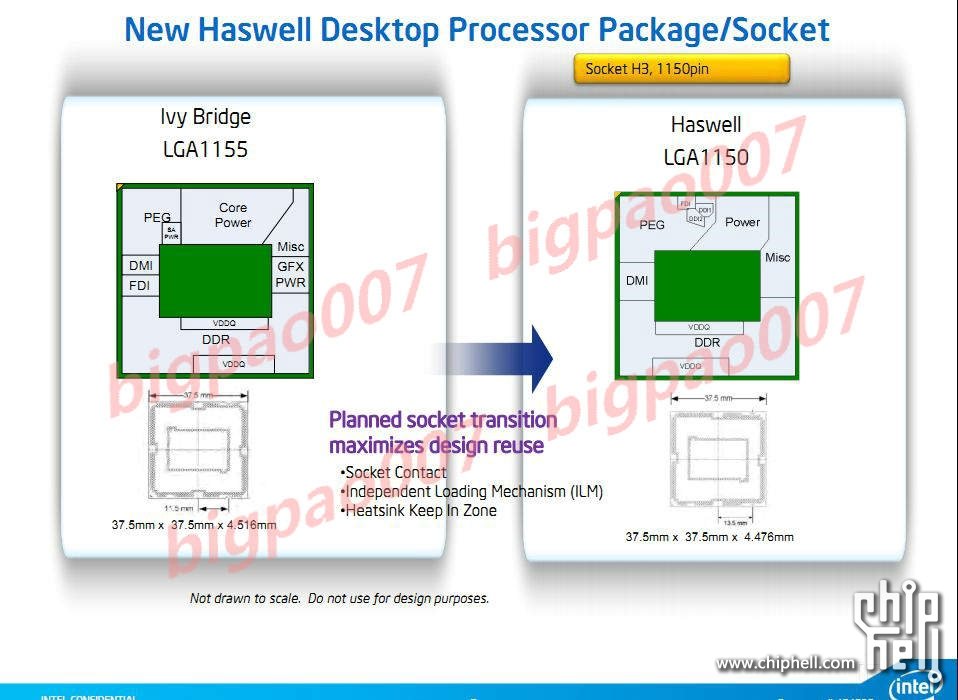
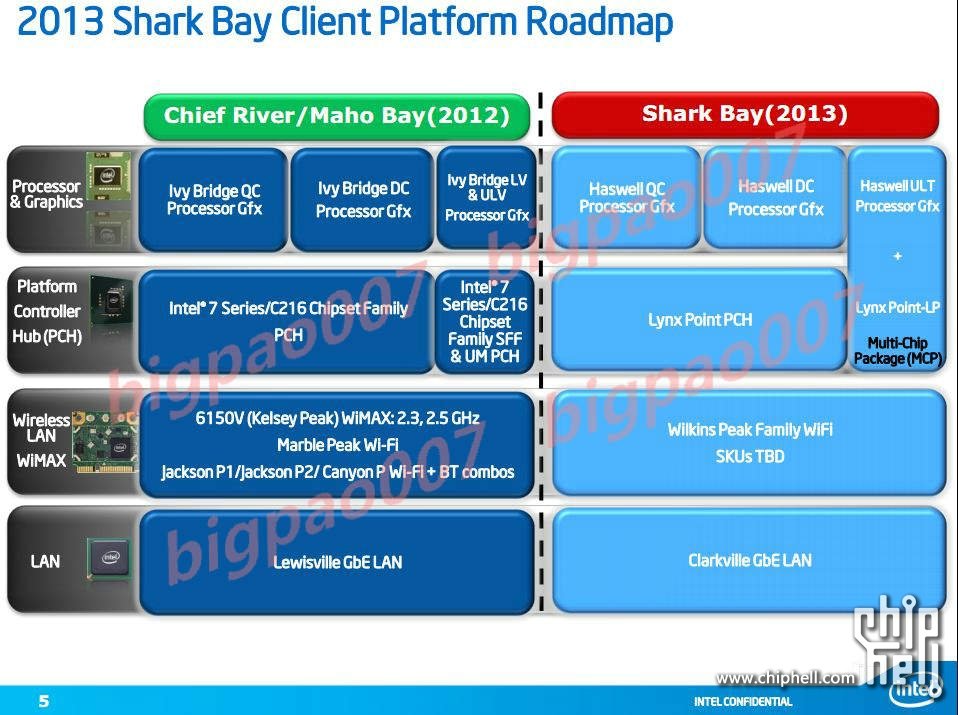
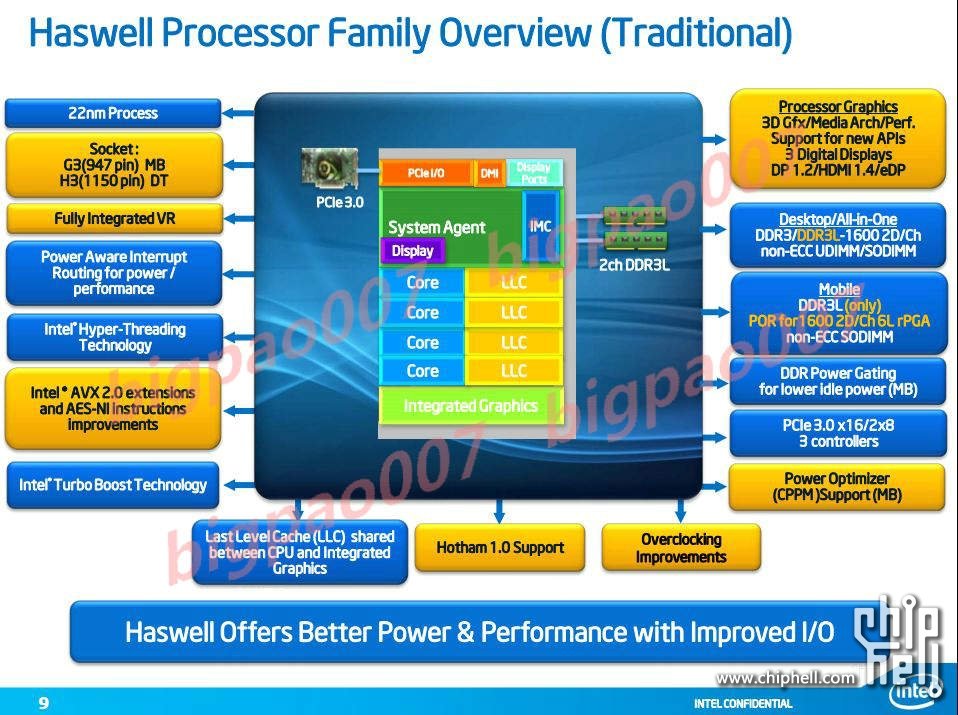
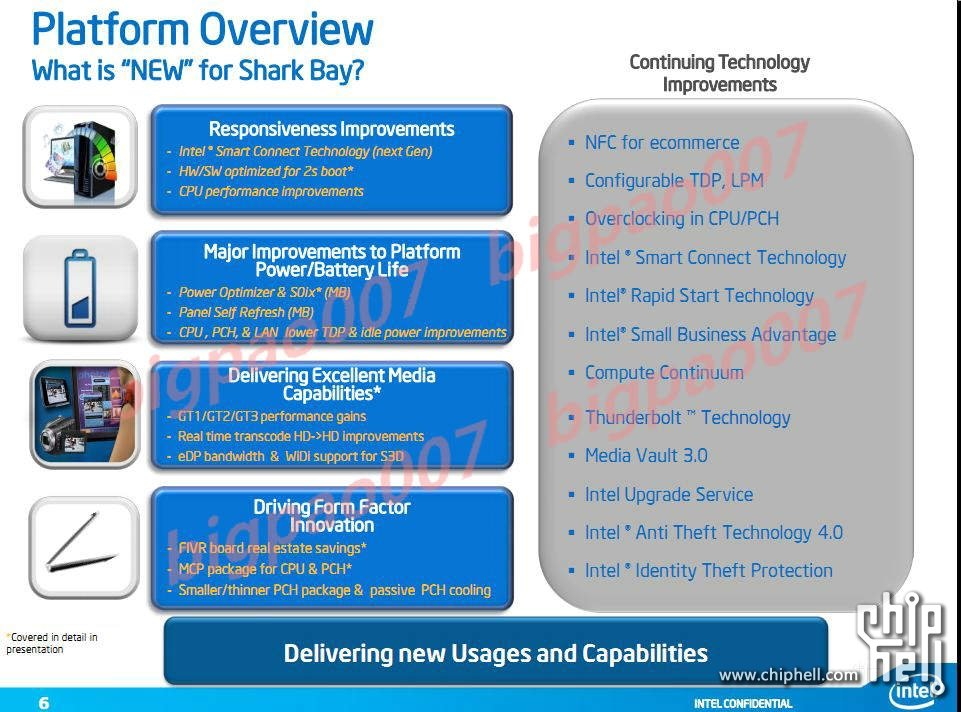
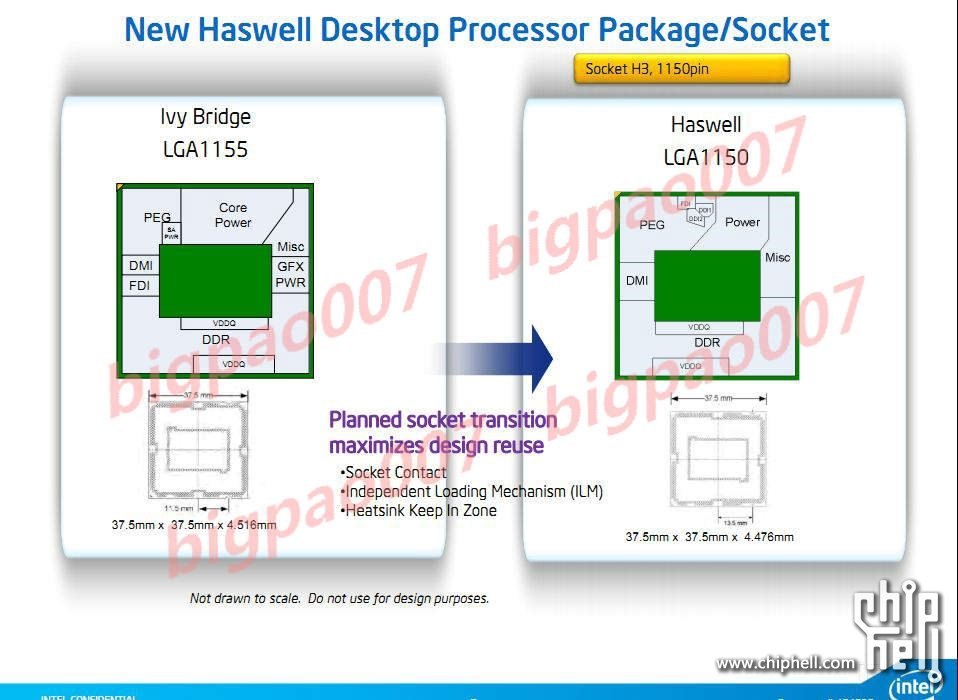
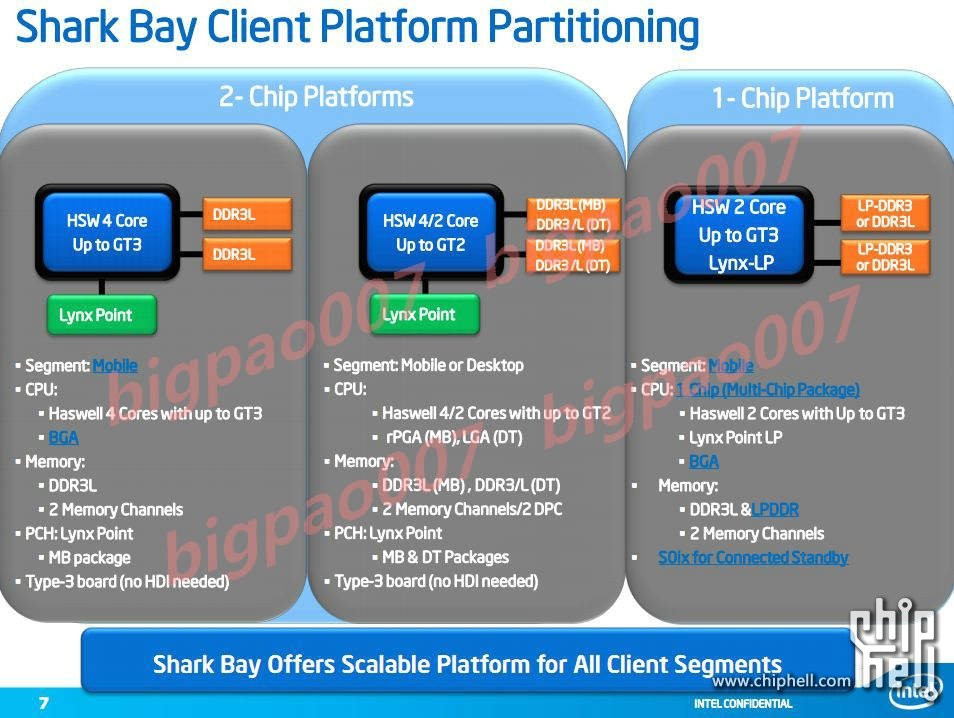
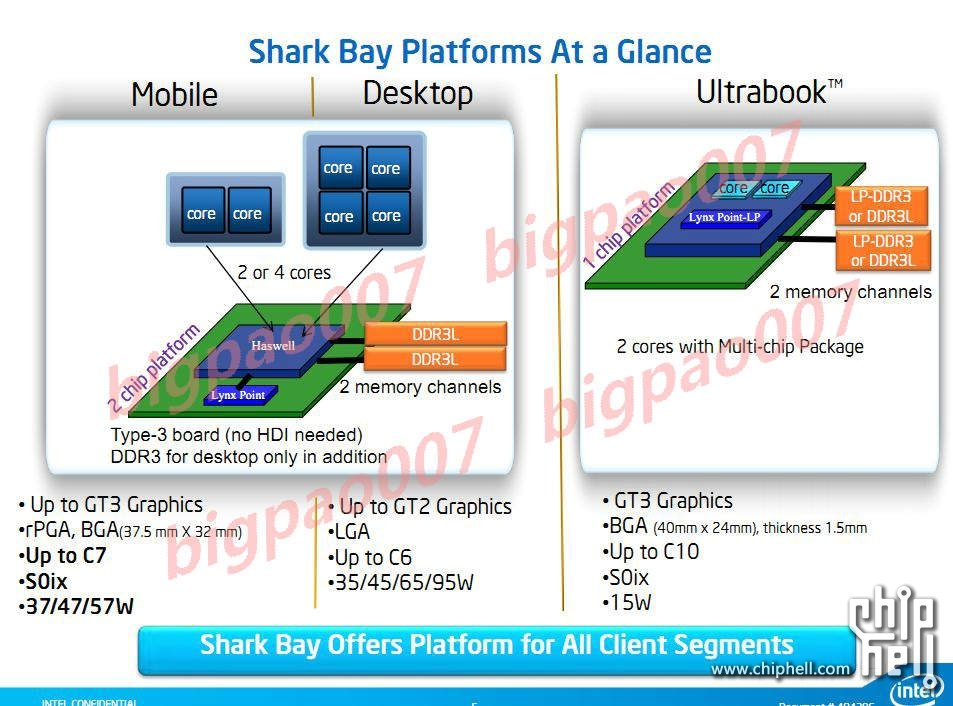
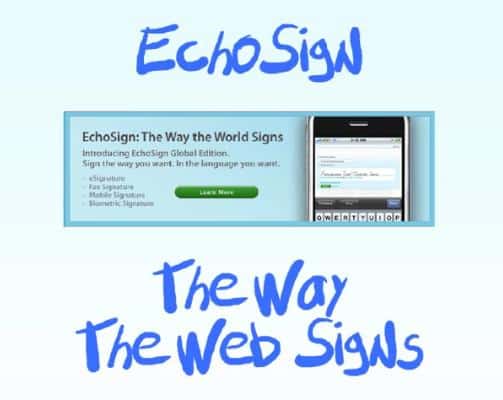
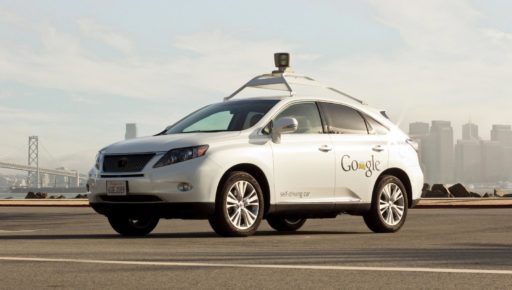
Oh nice, thanks for your information!